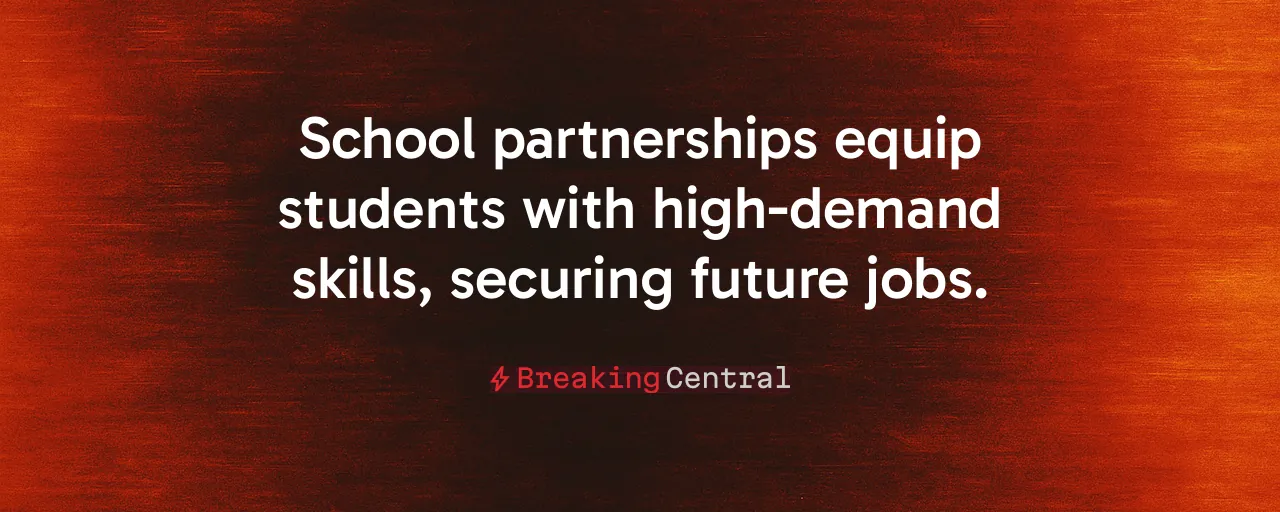Texas Takes Charge of Its Future
Texas is forging a path to prosperity through its people. Governor Greg Abbott recently unveiled $2.4 million in grants to 10 Gulf Coast schools, enabling over 800 students to train for careers in high-demand fields like nursing, civil engineering, and welding. These funds, delivered via the Texas Workforce Commission's Jobs and Education for Texans (JET) program, are a deliberate step to keep Texas' economy thriving.
The urgency is clear. By 2030, the U.S. could face a 2.1-million worker shortage in skilled trades, while healthcare needs 2.3 million new allied-health professionals by 2031. Texas refuses to sit idly by. These grants empower schools to purchase equipment, such as refinery simulators and diagnostic tools, that prepare students for the real world. This is education with purpose, designed to meet the demands of today's job market.
The JET program stands out for its precision. Every grant aligns with local employer needs, ensuring students gain skills that lead to jobs. Schools like College of the Mainland and Shepherd ISD are using these funds to train registered nurses and vocational nurses, fields where demand far outstrips supply. This targeted approach delivers tangible results.
Why This Strategy Works
The labor market is sounding alarms. With 40% of trades workers over 45 and only 9% under 25, industries face a looming crisis. Healthcare, too, grapples with 250,000 unfilled support roles. Texas' response is straightforward: invest in training that fills these gaps. By equipping students with practical skills, the state secures economic stability for communities and families.
Some advocate for sprawling federal programs, arguing they promote fairness. Yet these often get bogged down in bureaucracy, producing graduates with skills that don't match employer needs. Texas takes a different path, prioritizing local partnerships and measurable outcomes. Why rely on distant policymakers when schools and businesses can solve the problem together?
The numbers tell the story. JET has invested over $80 million since its start, with graduates achieving placement rates above 85% and earning wages 20-30% above regional norms. Each dollar spent yields roughly $5 in lifetime earnings. This smart policy offers a lifeline for Texans seeking better opportunities.
A Model for America
Texas is setting a standard other states envy. While places like California fund CTE, their efforts often tangle in red tape. Texas maintains a direct approach. Schools collaborate with employers to buy equipment and train students for jobs that exist now. This public-private model attracts giants like Tesla, drawn by a workforce ready to hit the ground running.
Critics might argue that emphasizing trades limits students' options compared to a college degree. This perspective overlooks key advantages. With soaring tuition and no guaranteed job after graduation, many young people see the appeal of debt-free paths to careers paying $70,000 or more. JET programs offer that choice, empowering students to pursue welding or radiology without financial burdens.
This approach is gaining traction nationally. President Trump's focus on apprenticeships and support for short-term certificate funding aligns with Texas' vision. With this vision, we can train students for fulfilling, high-paying careers in less time.
Building a Brighter Tomorrow
This initiative provides dignity and opportunity, extending beyond mere job creation. A student at San Jacinto Community College training as a radiologic technologist or a welder at Windham School District is gaining more than a paycheck. They're securing a future. Texas recognizes that true economic progress comes from aligning education with work, which stands as a practical approach.
Challenges persist, like recruiting instructors or expanding access in rural areas. Texas is tackling these by linking grants to workforce boards and fostering college partnerships. The state's commitment remains firm, and the outcomes, high placement rates, strong wages, prove its effectiveness.
Texas offers a clear lesson: invest in practical training, prioritize local needs, and partner with employers. This formula closes skills gaps and builds prosperity. Other states would benefit from following suit. By empowering students with the tools to succeed, Texas is lighting the way for a stronger, more vibrant America.
